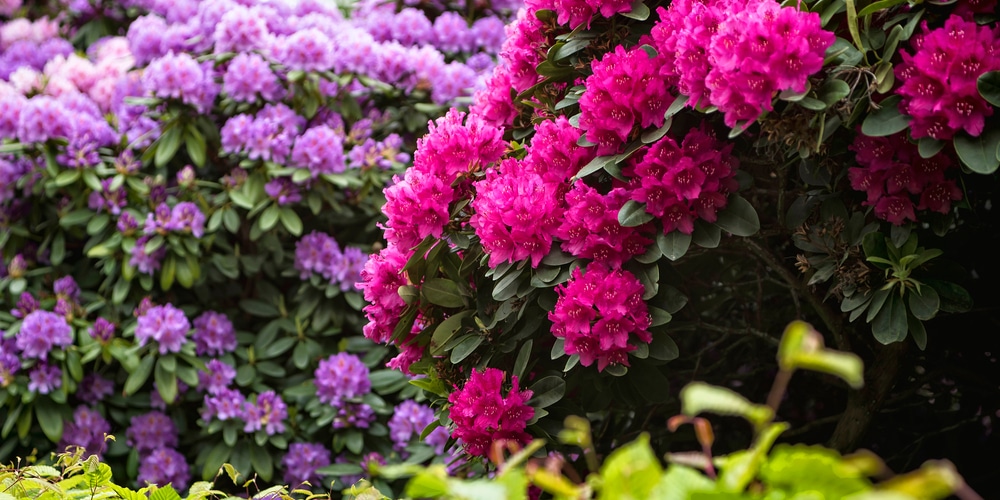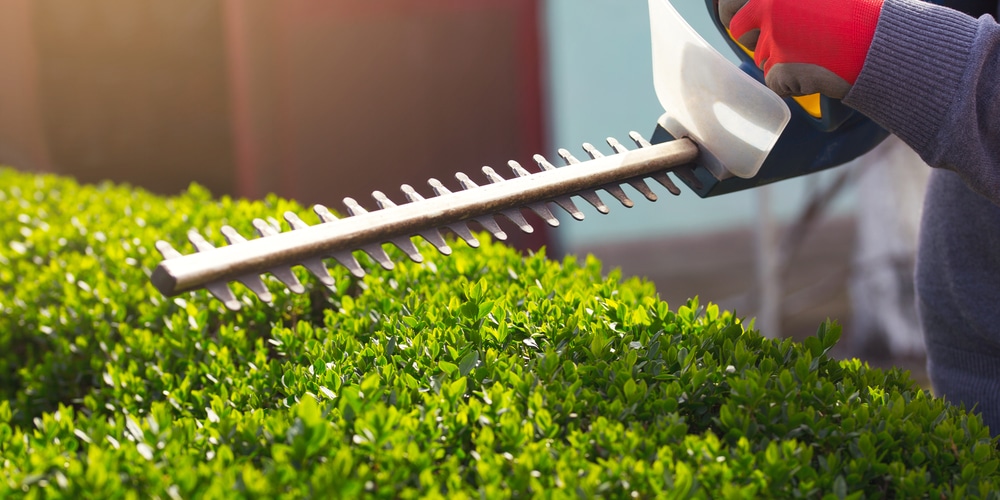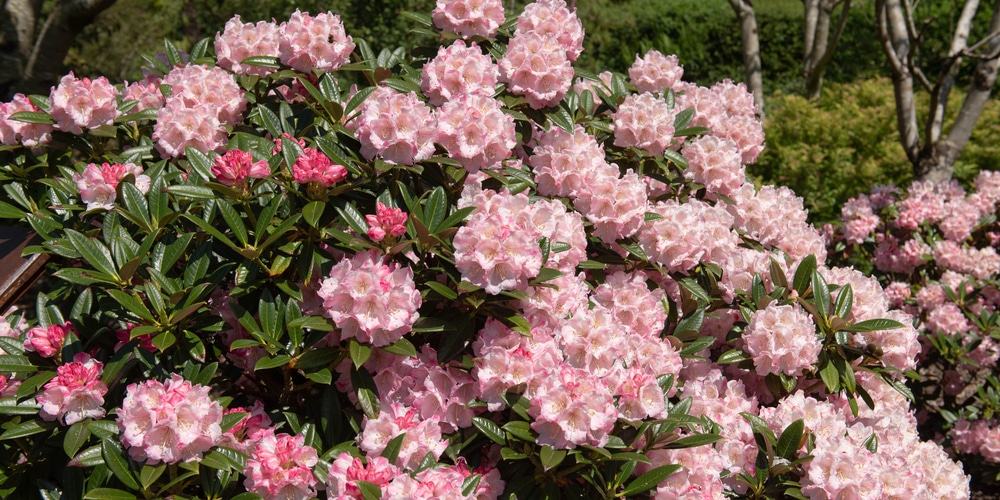The best time of year to plant shrubs can depend on several factors, such as the type of shrub and the climate in which you live. As a general rule, late summer or early fall is considered the best time to plant, but many factors need to be considered before planting shrubs. At the end of the summer, the growth of most shrubs will begin to slow down; this makes it an ideal time to plant or transplant shrubs.
There are hundreds of varieties of shrubs that can be used to create hedges or to add interest to landscaping projects. You can line walkways with shrubs or use them to mark the boundary to your property. Let’s look at the best time of year to plant shrubs.
Best Time of Year to Plant Shrubs
Shrubs grow and establish well when planted in the late summer or the early fall. This is because the plant has a long period of daylight and warm weather to establish roots and to grow and survive through cold fall and winter temperatures. Another advantage of late summer planting is that you can control weed growth before it becomes a problem.
It is important to note that not all shrubs will do well if planted in late summer. Spring-blooming shrubs, such as lilac and forsythia, will not establish a strong root system before winter if they are planted in late summer. If you live in a climate that gets very cold or warm temperatures during fall and winter, it is best to consult with a local nursery about the best time of year to plant shrubs.
Hardy Bushes
Some shrub types are more sensitive to cold than others, so the climate in which you live will also affect your best time of year for planting shrubs. Hardy bushes that need a long period of dormancy in winter, such as most rhododendrons, can be planted at almost any time of year since they can withstand cold and heat. Some varieties of camellias also need a long dormancy, so when planting these in fall, be sure to mulch them heavily.
Hedges
Hedges are another type of shrub that does well when planted during the fall as the weather is cooler, and it will be able to establish itself before the warm summer weather arrives. A hedge is typically planted as part of a larger landscape design, and it takes years to establish its desired size.
If you live in a climate that has mild winters and cooler summers, you may choose to plant your hedge in early spring since most varieties of shrubs will grow very quickly at this time.
Flowering shrubs
Early spring is considered the best time for planting flowering shrubs because you can avoid late frosts and give your plant enough time to establish its root system before hot summer temperatures arrive. If you are replanting or moving an existing shrub, be sure not to disturb it during its dormancy in winter, or you may shock the plant and cause leaf drop.
Tips from planting shrubs
Be sure to plant your shrub in an area that gets plenty of sunlight for at least 6 hours during the day. You should also water regularly after planting so that the roots can establish themselves in their new soil. When watering, be sure to give your plant 1 to 2 inches of water each week, or more if necessary for sandy soils.
You should never fertilize newly planted shrubs since they need time to develop extensive root systems before adding nutrition through fertilizer. If you are worried that you have poor quality soil you can test for deficiencies and add a natural fertiliser such as manure before planting. After the first growing season, you can begin regular applications of a balanced fertilizer, but be sure to use a slow-release type.
Shrubs are an excellent way to protect your lawn from cars, since they can grow back if damaged, and they have a little give to them.
Conclusion
There are many factors that can play into the best time of year to plant shrubs. The most important thing you should do before planting is research the type of shrub you want, and its light and water requirements for your particular climate and landscape. Once you know the basics of when and where to plant, you will be on your way to adding a new shrub to your garden.


